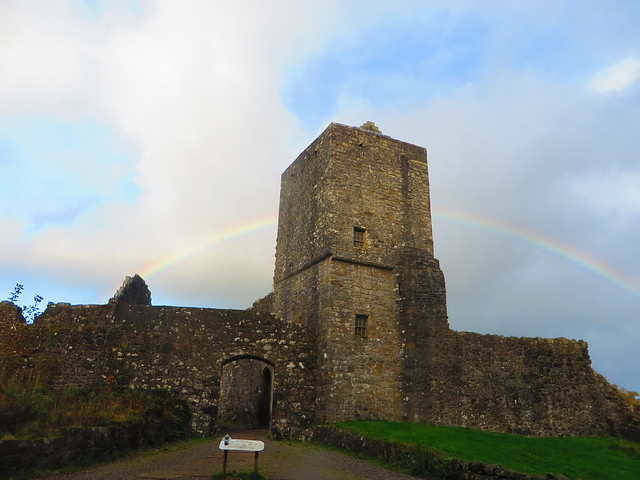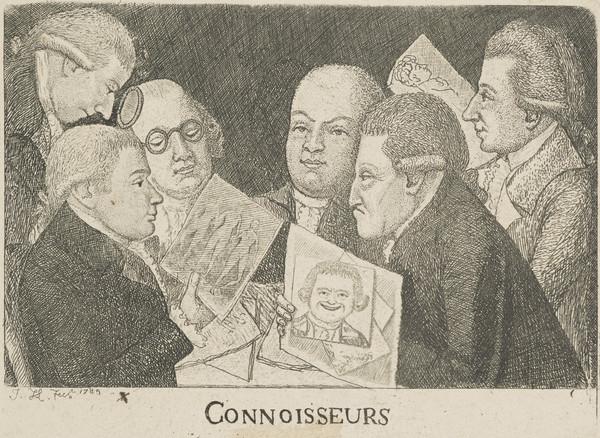[ P.S. An abridged version of this post was published in TES magazine 22nd December 2022 ]
Safe spaces in which Scottish Educators can discuss, debate, share our thoughts, enquiries
and practice are few and far between these days.
Barely have we had we chance to
draw breath post-Covid (no pun intended), but we find we are already diving
into a period of National Discussion, examining the findings of a
slew of reports and a flurry of thought papers (among them opportunities to
redefine the place of the Four Capacities and of IDL in our schools). In such a time of flux, we would benefit from
a safe place to share and explore ideas, but our options are instead reducing.
The Future is behind us
Could relics from our recent past
be our best shot at establishing grassroots opportunities to collaborate, share
and discuss - as Pedagoo provided for a while - regardless of our
geographic or digital locale, so that we might optimise this season of reform
and renewal?
Blogs and Wikis were once
ten-a-penny in the Scottish Education sphere, until microblogging rose to
dominate the landscape. Unlike social media, these older content-creation tools
did not restrict the length of contributions or steal your attention every
waking moment thanks to incessant dopamine-releasing notifications. Instead,
they allowed developing thoughts to be published, ideas to be shared and
shaped, links made to like-minded thinkers, and documents written collaboratively.
The very values cherished both by luminaries of the Scottish Enlightenment and
the creator of the Web.
After all, “when he launched the
Web in 1991, Tim Berners-Lee intended it to be used as a collaboration tool,
which is why he was dismayed that the Mosaic browser did not give users the
ability to edit the Web pages they were viewing. It turned Web surfers into
passive consumers of published content.” (Walter Isaacson, The Innovators).
Blogging and Wikis were the tools which emerged to mitigate this effect,
encouraging user-generated content and collaboration. These tools did not restrict
the length of your contributions or steal your attention every waking moment
thanks to incessant dopamine-releasing notifications. Instead, they allowed for
fully-formed thoughts to be published, shared and shaped, links to be made, and
documents to be written collaboratively. The very values cherished by Enlightenment
luminaries such as Burns, Hume, Hutcheson, Reid, and Smith.
A Historical Context
In the early 18th
Century, Scotland was recovering from a period of great change and unrest - the
economic and climate crises hitting late 17th Century Europe, the
failure of the Darien Scheme (1698-1700), the Union of Parliaments (1707), the
Jacobite uprising (1715). In the 1730s, there was an explosion of clubs and
societies established to improve knowledge in key areas – agriculture,
philosophy, industry, medicine among them – and to drive recovery. These clubs
were “characterised by their cross-disciplinary focus. The boundaries between
different subject areas were not as fixed as they are today. It was quite
common for philosophers, artists, scientists, churchmen, and lawyers to be
members of the same society and to share ideas and discoveries from their
different fields of knowledge” (NLS). Two hundred years later, as the
world emerged from the chaos of the Second World War, a number of large
companies sought to drive innovation and economic recovery. In the process, ways
of working were revised and traditional workspaces were redesigned. “Bell Labs
director Mervin Kelly guided the construction of a new home for the lab that
would purposefully encourage interaction between its diverse mix of scientists
and engineers.” explained Cal Newport in Deep Work. “Bell Labs showed how sustained innovation
could occur when people with a variety of talents were brought together. The
corridors were…designed to promote random meetings among people with different
talents and specialties, a strategy that Steve Jobs replicated in designing
Apple’s new headquarters seventy years later. Anyone walking around Bell Labs
might be bombarded with random ideas, soaking them up like a solar cell.” wrote
Walter Isaacson in his 2014 book The
Innovators.
It barely needs
mentioning, but we are coming through our own tumultuous period. Over a decade
of austerity has impacted on schools and communities across the nation, the
Climate Crisis is escalating at pace, and Covid closed our schools and forced
us to rethink all that we took for certain in the education of children for the
first time since the threat of aerial bombardment in the 1940s. For over a decade now in Scottish
Education, Twitter has been the space to share
ideas, or more commonly, to show off achievements and practice. The balance of
broadcast versus collaboration trod a fine line, but it was convenient for
most. Until recent weeks, when we saw an escalation of distressing incidents:
racist abuse of staff and learners, personal attacks on early career teachers.
Elon Musk’s takeover in November further escalated fears that such incidents
would become more commonplace and led to a migration from the platform to the
tune of 700,000 users (and growing).
Consumers not Owners
While Twitter use has risen, we have seen a growth in 'consumption' rather than 'creation' around Education. Social Media creators on TikTok, Instagram and YouTube seem alien to the education landscape, where we have become accustomed to simply "searching", "finding" and "downloading", rather than "editing", "creating" and "collaborating".
Away from 'social media', the challenges to
collegiate sharing are no less significant. GLOW would once have been the
obvious solution, but many Local Authorities are turning their back on the
platform to pursue their own needs, leaving users frustrated from the need to
jockey login details and switch browsers. Meanwhile, we urgently need to
liberate ourselves from the Big Tech 3, who are currently carving Scotland into
digital fiefdoms, stifling cross-platform collaboration, luring teachers with shiny badges and gamification - as if being a Scottish Teacher isn't achievement enough!
Resourcing Collaboration
Bringing together colleagues from
across Scotland, and across sectors, is one of the notable successes of the
Education Scotland PLL team. Their leadership courses provide opportunities for
collaboration, sharing and network building. However, capacity is finite and
the cohorts of these courses (though expanding) make up a tiny percentage of
the teaching body in Scotland. How then can we have meaningful discussion of
the many reports and ideas.
It is time then to look to our
recent past. A network of blogs, free standing from any one provider, hyperlinking
to one another to debate and develop ideas, formed a healthy part of the
discussion on all things educational in Scotland just a decade ago. What was
missing in 2010 was any sort of directory: a working record of the many blogs,
themes and ideas. An attempt at this was made by ScotEduBlogs, though this currently hinges on centralised moderators to update and organise the aggregator. Instead, a “ScotsEduWiki" would quickly surpass this, editable by
all, allowing for information to be updated quickly and providing a map for
educators, linking ideas, papers and research. In short, providing a one-stop
shop to support the National Discussion.












